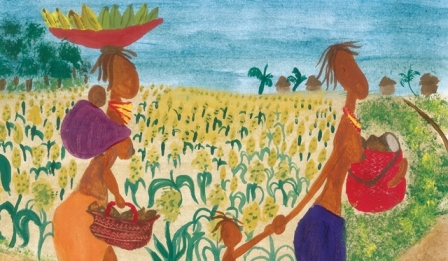Ex-ante impact analysis of marker-assisted selection technologies supported by the Generation Challenge Programme
Contemporary advances in crop science are helping farmers fight against drought, pests and disease. In recent years, the CGIAR Generation Challenge Programme (GCP) has employed an enhanced, efficient and cost-effective crop breeding process known as marker-assisted breeding (MAB) to address the needs of resource-poor farmers. By using a plant’s genetic code to identify desired traits before the plant reaches full maturity, MAB saves time compared to conventional breeding (CB). In CB, breeders must wait until the plant has fully matured before they can identify such traits. However, MAB’s high investment costs have raised questions regarding its net superiority over CB.
To better understand the economics of MAB, while also providing direction for future GCP and other agricultural research endeavours, a study was conducted in Africa and Asia to evaluate the quantitative impact and investments of two GCP projects which utilised MAB to develop improved varieties of rice and cassava. For rice, GCP strived to develop a variety more tolerant to saline soil and better able to thrive in phosphorus-depleted soil. For cassava, the goal was a stronger tolerance against cassava mosaic disease, green mites and whiteflies.
For this study, researchers gathered information covering aspects such as crop yields, farmer adoption rates, market prices, cultivated land area, breeding times, input prices, costs of development, and more. These extensive data are a firm foundation for computing the net present value (NPV, ie, future benefits less future costs) of using MAB rather than CB.



